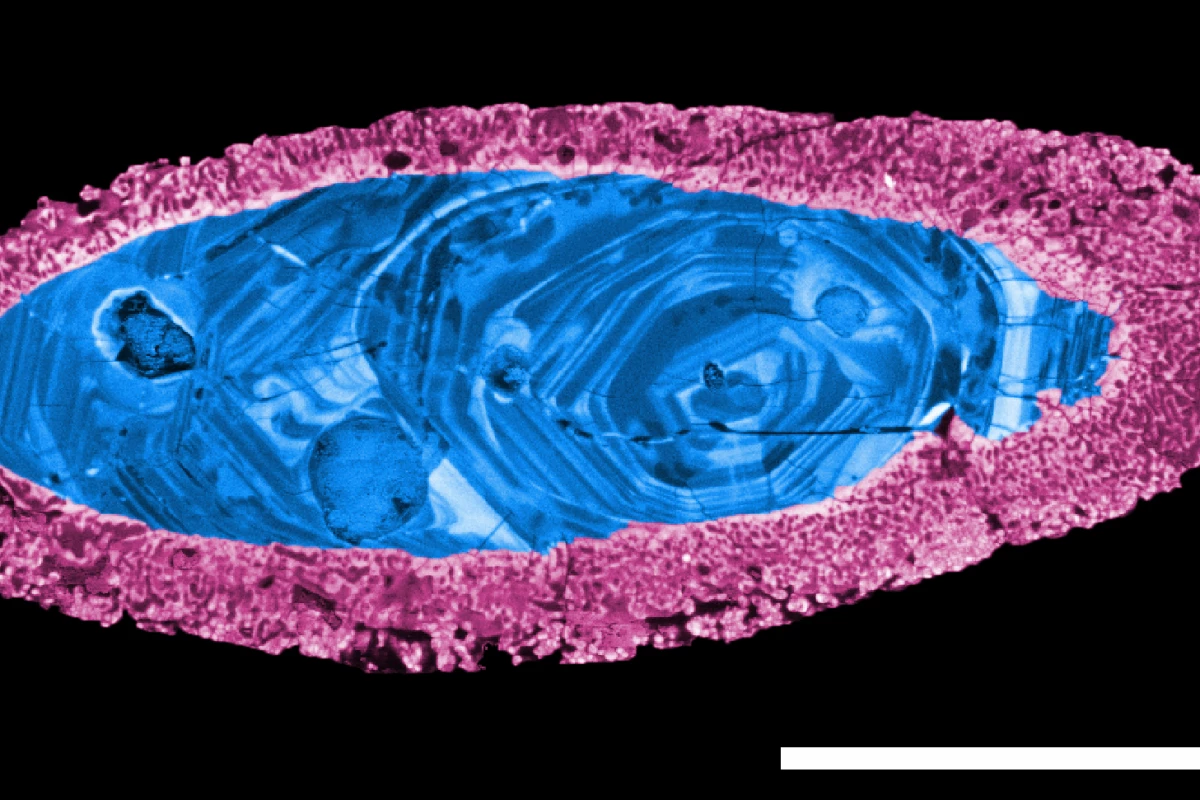An international team of scientists has identified the oldest asteroid impact site ever to scar our planet’s surface. The body that formed the Yarrabubba crater in the Western Australian outback struck Earth a staggering 2.229 billion years ago, and may have helped bring about the end of a global ice age.
Impacts with large solar system objects are known to have occurred throughout Earth’s history – they have had a dramatic influence on the development of our planet’s climate, and the manner in which life has evolved on its surface. A famous example of one of these destructive incidents is the cataclysmic impact that set in motion the extinction of non-avian dinosaurs.
In the wake of this mass extinction, life developed specifically to cope with the inhospitable conditions prevailing in the millions of years that followed. From these hardy creatures have developed the vast myriad of species that inhabit the Earth today, including us.
Our planet bears the scars of roughly 190 major impact craters. Pinning down when they occurred can help scientists work out how each event altered the development of Earth’s environment.
“Scientists wonder how meteor impacts might relate to the formation of the continents,” said research scientist Timmons Erickson of NASA’s Astromaterials Research and Exploration Science division (ARES) located at the Johnson Space Center in Houston. “We also would like to know when the frequency of meteor impacts declined to the point where life could emerge and thrive."
The Yarrabubba impact site was already considered to be one of Earth’s oldest craters, but until now, scientists had yet to pin down the age of the ancient crater. It no longer resembles a stereotypical crater, as you would find on the surface of Earth’s moon. Atmospheric processes including wind and rain have dramatically eroded its once well-defined structure.
The crater is estimated to have spanned 90 km (56 miles)upon its creation. What remains of ground zero in the present day measures just 20 km (12 miles) across, and is evidenced only by rocky structures and broken ridges.
The researchers were able to accurately date the site by collecting samples of rock that had been exposed to the enormous pressure of the impact. The material extracted by the team contained the minerals zircon and monazite – crystals that are known to harbor uranium and lead.
Over long stretches of time, uranium decays and transitions into lead. Scientists know the rate at which this transformation occurs. By accurately measuring the quantities of uranium and lead present in material taken from impact sites, they are able to calculate how long ago the sample, and therefore the crater, was made.
In the case of Yarrabubba, the researchers were able to determine that the crater was a whopping 2.229 billion years old. That makes it 200 million years older than the previous record-holder – the Vredefort Dome crater, which is located in South Africa.
Around the same time that the crater formed, Earth was experiencing a global ice age during which its surface was buried beneath ice sheets 2 to 5 km (1 to 3 miles) thick. More specifically, the impact occurred just before the Earth began to warm, and the ice age ended.
The scientists behind the new study ran a computer simulation of the violent event, digitally reconstructing a scenario in which a 7 km (4 mile)-wide asteroid impacted an ice sheet 2 to 5 km thick at a speed of 17 km per second (11 miles per second).
According to the results of the recreation, the impact would have sent around 100 billion tonnes of water vapor rushing into the atmosphere, creating a greenhouse effect that could have contributed to global warming, and so hastened the end of the ice age.
The research has been published in the journal Nature Communications.
Sources: NASA, Imperial College London




